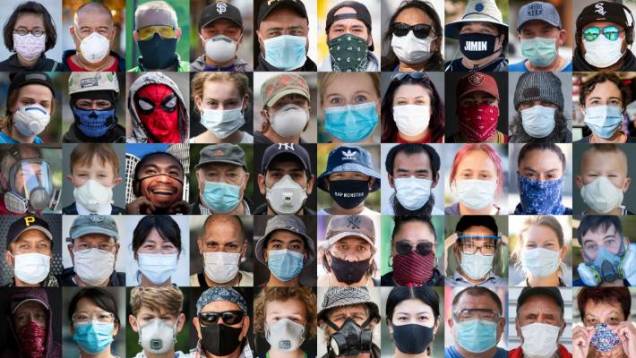Every day we create and add to our own personal story. We create that story from what we have learned from the very first story we were ever told. Indeed, First Stories set the tone.
Those of us from Judeo-Christian backgrounds understand the story of Creation as a succession of monumental actions over a short period of time by a powerful omnipotent God who, in the end, gives man complete dominion over everything He created. From there on it gets incredibly messy.
Other cultures have quite different creation stories. Ones that are participatory and relational. Ones that involve cooperation and interdependence. Those stories are generally found in indigenous cultures. Cultures that are closely connected to the physical world around them and who are acutely attune to it.
Whatever our background we tend to see our own individual stories through the lens of the initial story we’ve been told. That First Story makes a huge difference in how we perceive not only ourselves but the world around us, our place in it, and even the things that lay beyond.
When we see our role in the world, and our own lives, as dominant we make assumptions about our capabilities that may not necessarily be true. We end up like the hapless Wizard of Oz who pretends to have control even as the facts prove otherwise. We consume rather than preserve. We take rather than give. We become wealthy in the eyes of our fellows, but completely impoverished in our responsibility to them.
To see our role in the world, and our own lives, as relational enables us to become conscientious participants. Where cooperation and interdependence create a very different world than the one we see today. One where every individual understands that every action or inaction affects the whole. Where our Planet is nurtured instead of depleted. A world where respect and consideration create a world where all creation can thrive.

